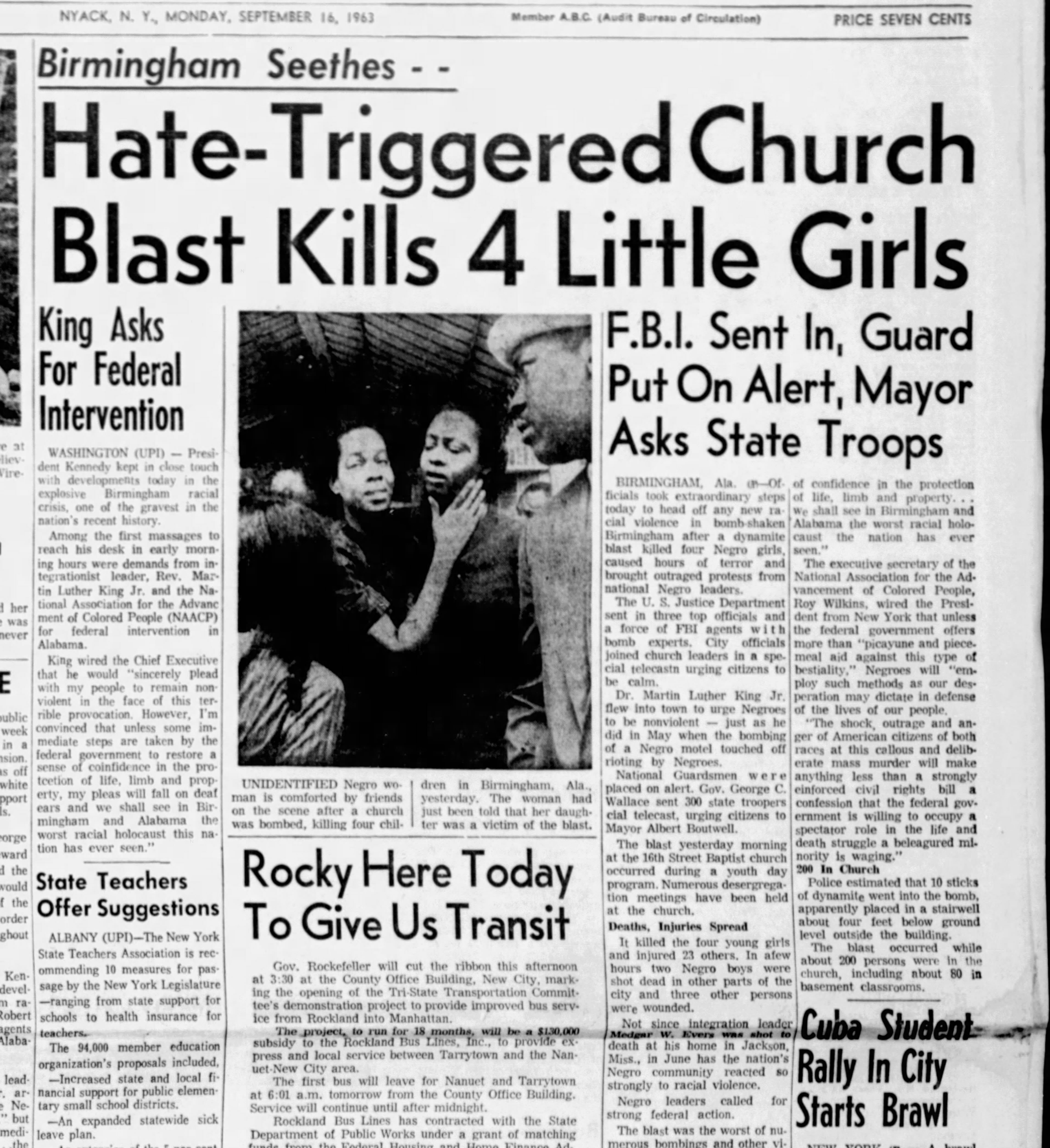News Articles Things To Know Before You Buy
The News Articles Statements
Table of Contents8 Easy Facts About News Articles ShownA Biased View of News ArticlesThe Buzz on News ArticlesNews Articles - The FactsA Biased View of News Articles
Excellent understanding of different topics offers students an affordable edge over their peers. Although digital and social media sites are conveniently accessible, we need to not fail to remember just how essential it is to read the papers. Parents should attempt and inculcate the behavior of checking out a newspaper as a day-to-day regimen to proceed the legacy of the revered print tool.Information stories also contain at least one of the complying with vital characteristics family member to the desired target market: closeness, prestige, timeliness, human rate of interest, curiosity, or repercussion.
Within these restrictions, information tales likewise aim to be extensive. Nonetheless, various other aspects are involved, some stylistic and some stemmed from the media form. Among the bigger and much more respected papers, justness and equilibrium is a major aspect in providing info. Commentary is typically restricted to a different area, though each paper might have a various general angle.
Papers with a worldwide audience, for example, have a tendency to make use of an extra formal style of composing. News Articles.; usual design guides include the and the US Information Style Book.
How News Articles can Save You Time, Stress, and Money.
As a policy, reporters will not utilize a long word when a brief one will certainly do. Information writers try to prevent using the very same word a lot more than when in a paragraph (in some cases called an "echo" or "word mirror").
Nevertheless, headlines sometimes omit the topic (e.g., "Jumps From Boat, Catches in Wheel") or verb (e.g., "Pet cat lady lucky"). A subhead (likewise subhed, sub-headline, subheading, caption, deck or dek) can be either a secondary title under the main headline, or the heading of a subsection of the write-up. It is a heading that precedes the major message, or a team of paragraphs of the primary message.

Added signboards of any of these types might show up later in the short article (particularly on subsequent web pages) to attract further reading. Such signboards are likewise used as reminders to the short article in various other sections of the magazine or site, or as promotions for the piece in various other publication or websites. Common framework with title, lead paragraph (summary in bold), other paragraphs (information) and contact details.

Example of a hard-lead paragraph NASA is recommending an additional area job. The budget demands around $10 billion for the job.
The NASA announcement came as the agency asked for $10 billion of appropriations for the job. An "off-lead" is the second most vital front page news of the day. The off-lead published here appears either in the leading left corner, or directly listed below the lead on the. To "hide the lead" is to begin the article with history information or information of second significance to the readers, compeling them to find out more deeply into an article than they need to have to in order to uncover the necessary points.
See This Report about News Articles
Typical use is that or 2 sentences each form their own paragraph. Reporters generally describe the company or structure of a news tale as an upside down pyramid. The essential and most fascinating components of a tale are put at the beginning, with supporting details following in order of diminishing significance.
It allows people to check out a subject to just the deepness that their inquisitiveness takes them, and without the charge of details or nuances that they might think about pointless, yet still making that details offered to extra interested viewers. The inverted pyramid framework additionally allows posts to be cut to any arbitrary length during layout, to suit the room readily available.
Some authors begin their stories with the "1-2-3 lead", yet there are many type of lead offered. This style usually starts with a "Five Ws" opening paragraph (as described over), followed by an indirect quote that serves to support a significant aspect of the very first paragraph, and then a straight quote to sustain the indirect quote. [] A twist can refer to multiple things: The last story current program; a "satisfied" tale to finish the show.
Longer articles, such as magazine cover write-ups and the items that lead the inside areas of a newspaper, are known as. Feature tales differ from straight information in a number of ways. Foremost is the lack of a straight-news lead, a lot of the why not look here moment. Rather than offering the essence of a tale up front, attribute writers might try to entice readers in.
The Single Strategy To Use For News Articles
A function's very first paragraphs commonly associate an intriguing moment or event, as in an "anecdotal lead". From the particulars of an individual or episode, its view quickly expands to generalizations his explanation concerning the tale's topic.

The Editor's Tool kit: A Referral Overview for Beginners and Professionals (2001) Allan M. Siegal and William G. Connolly. The New York Times Manual of Design and Usage: The Authorities Design Guide Made Use Of by the Writers and Editors of the World's Most Authoritative Paper (2002) M. L. Stein, Susan Paterno, and R.